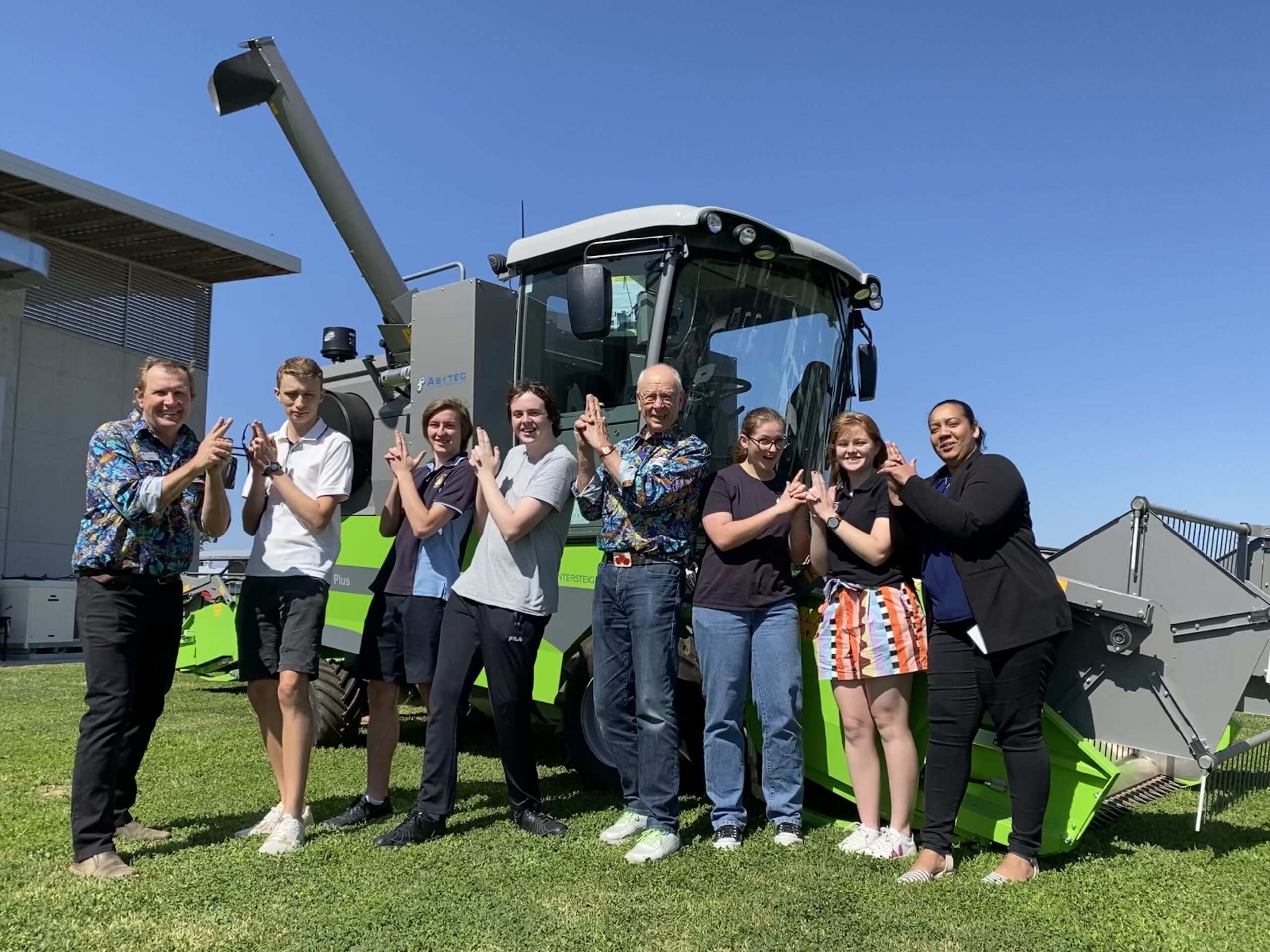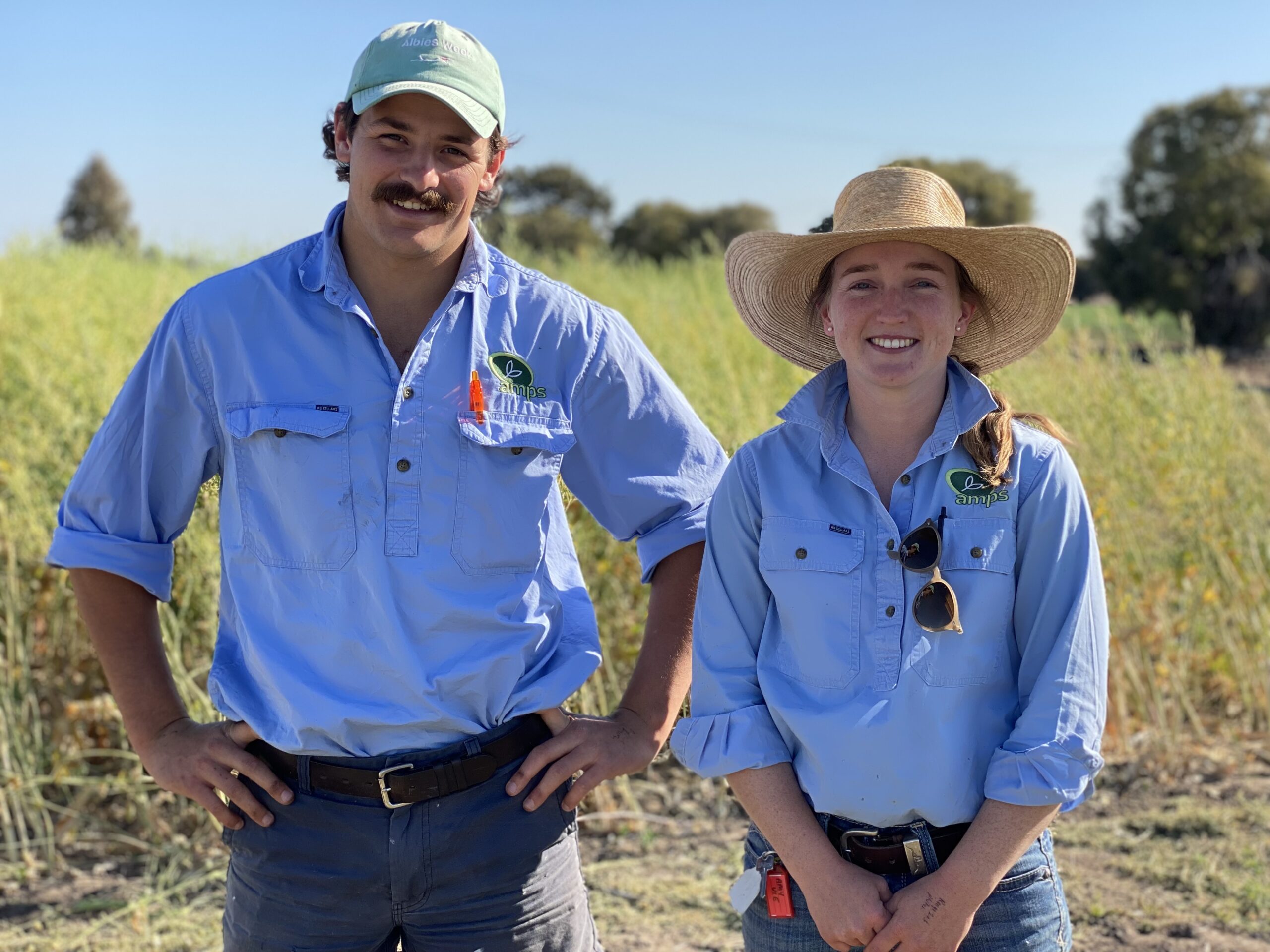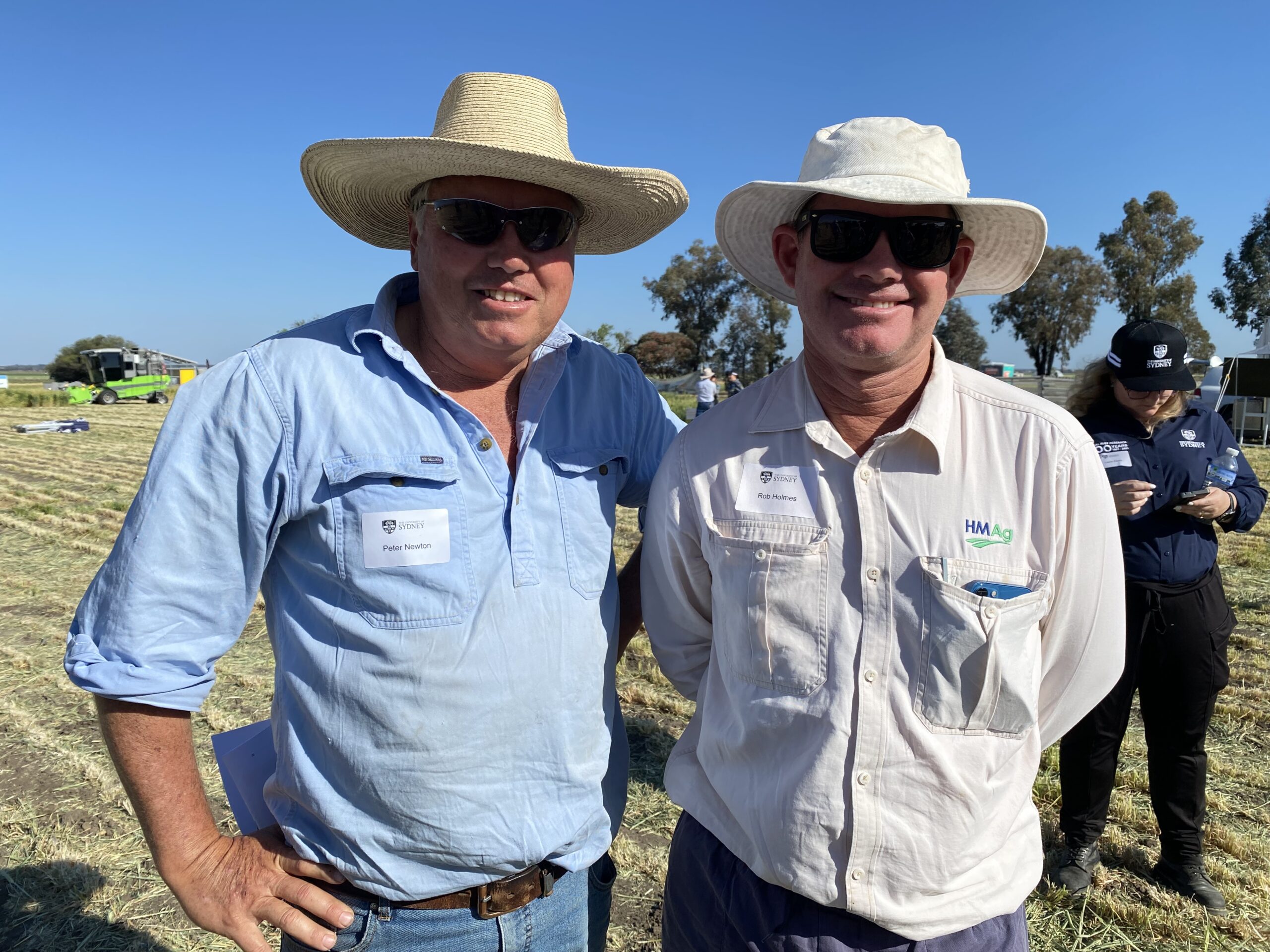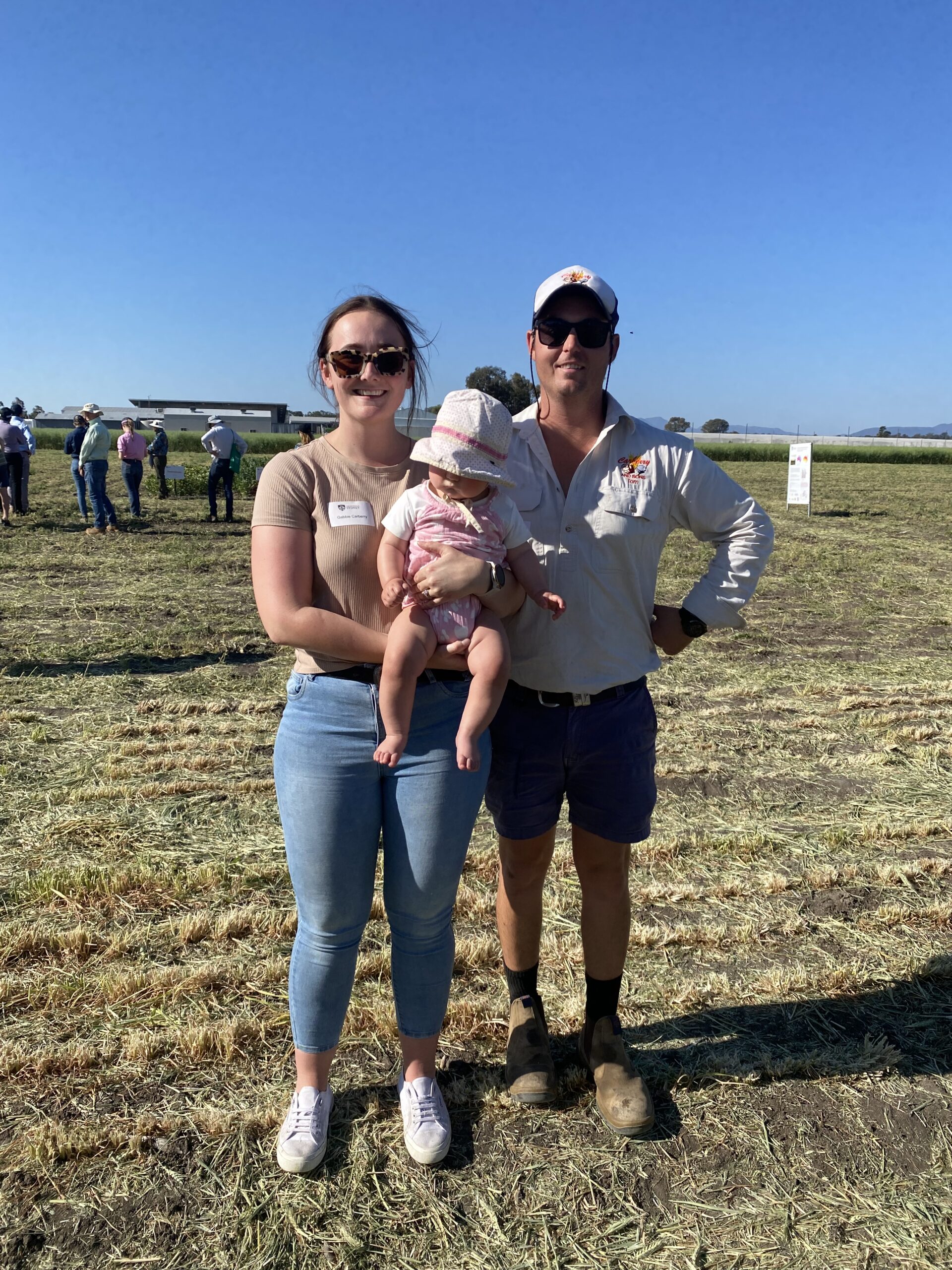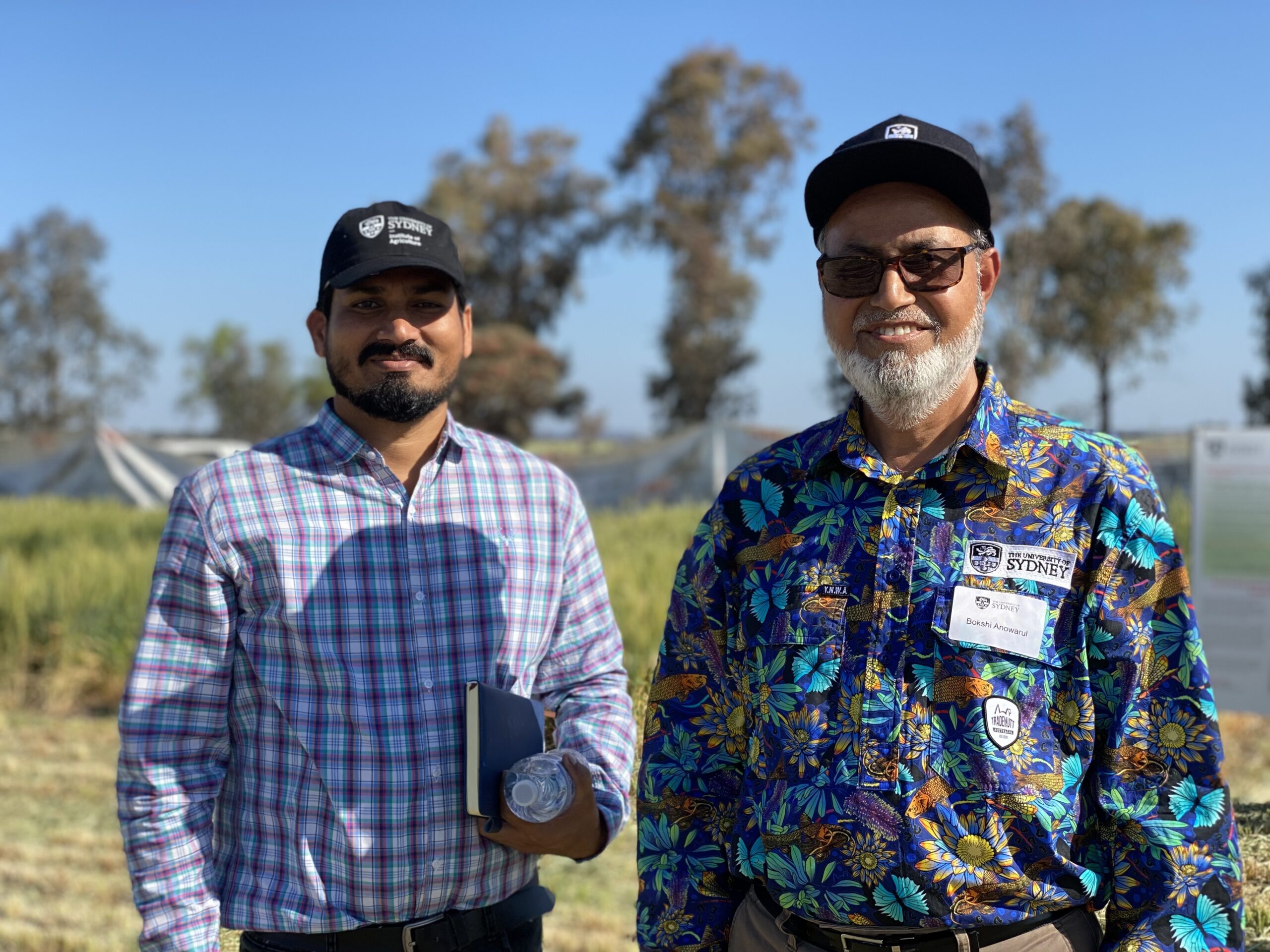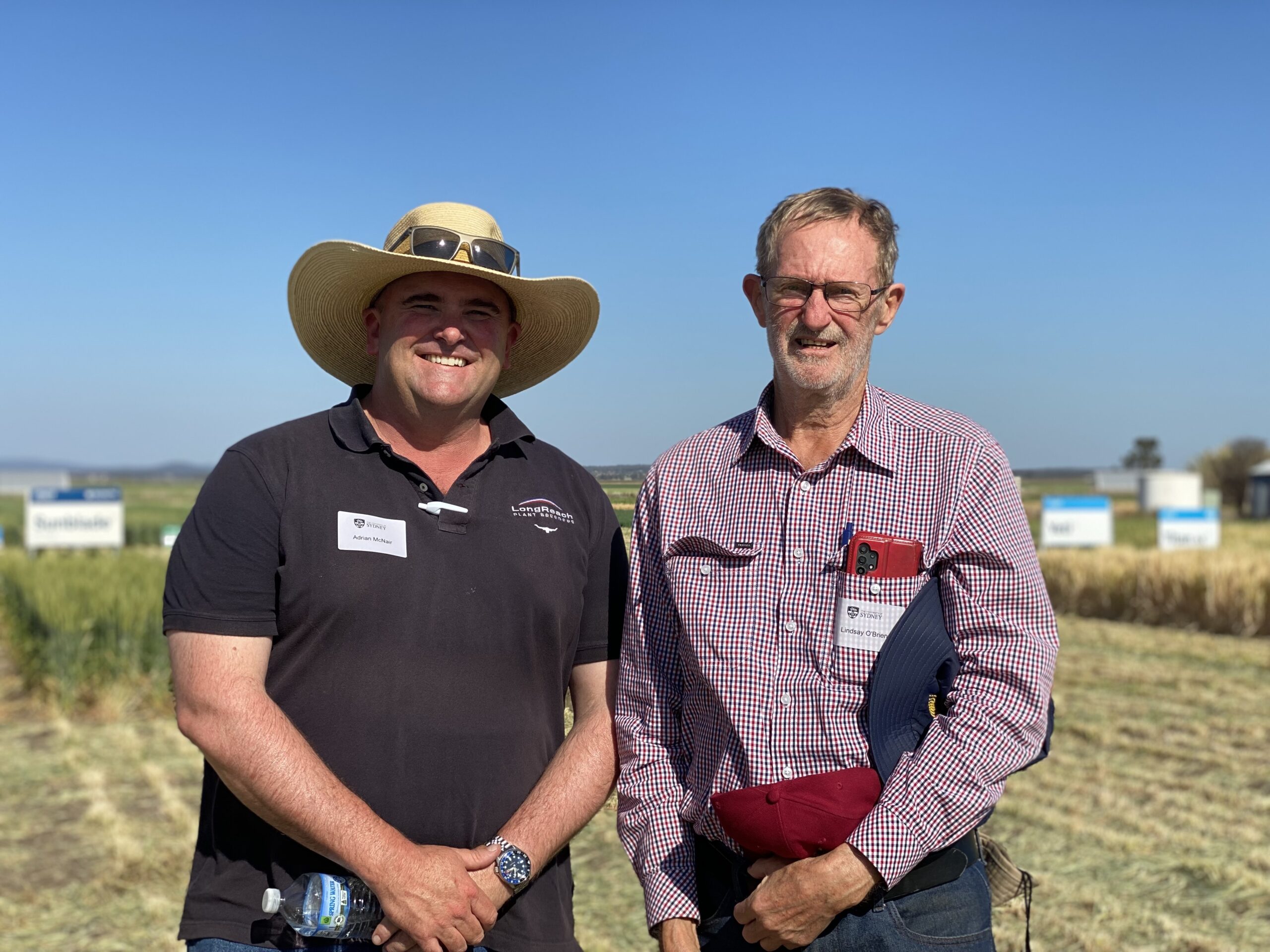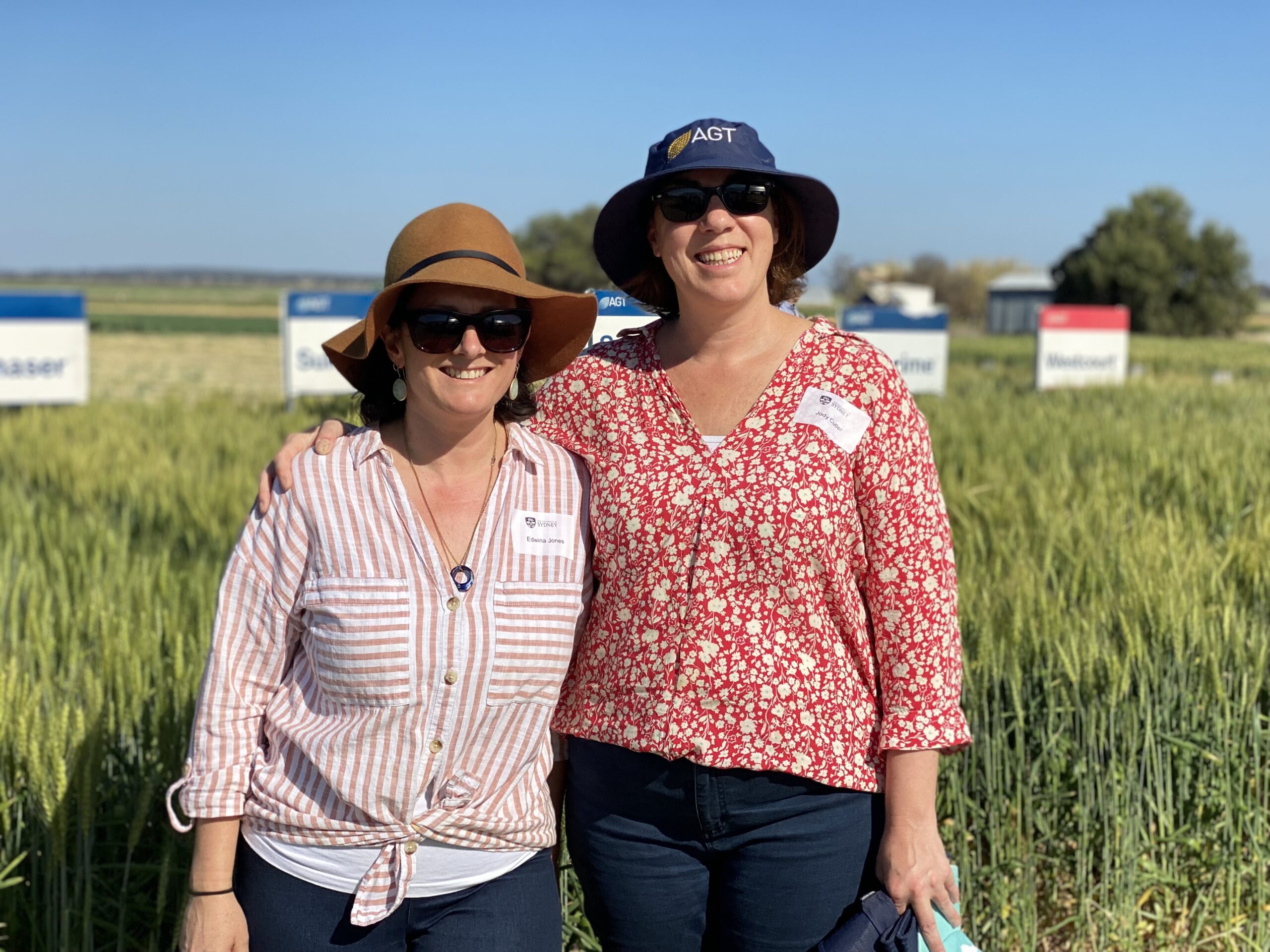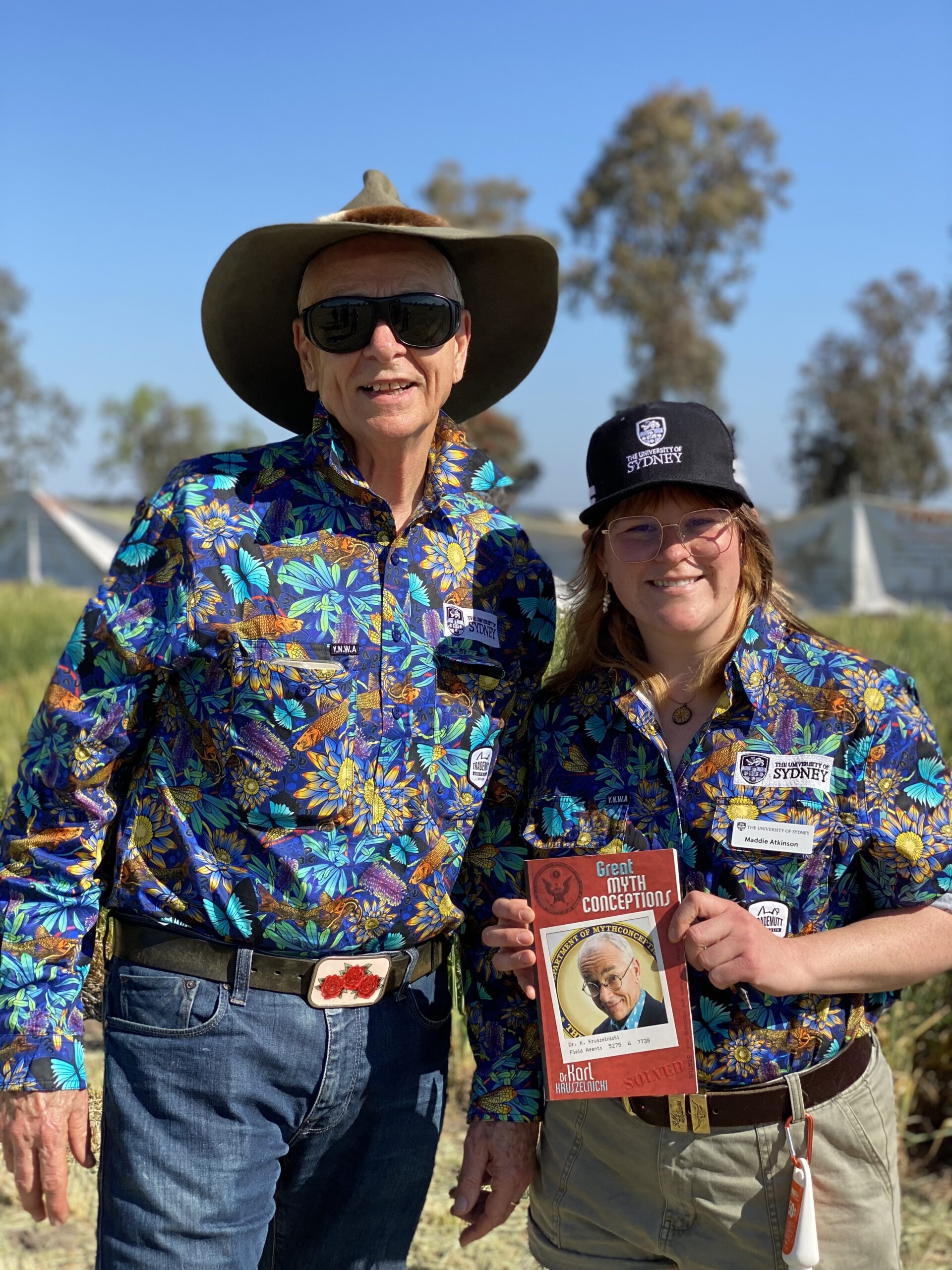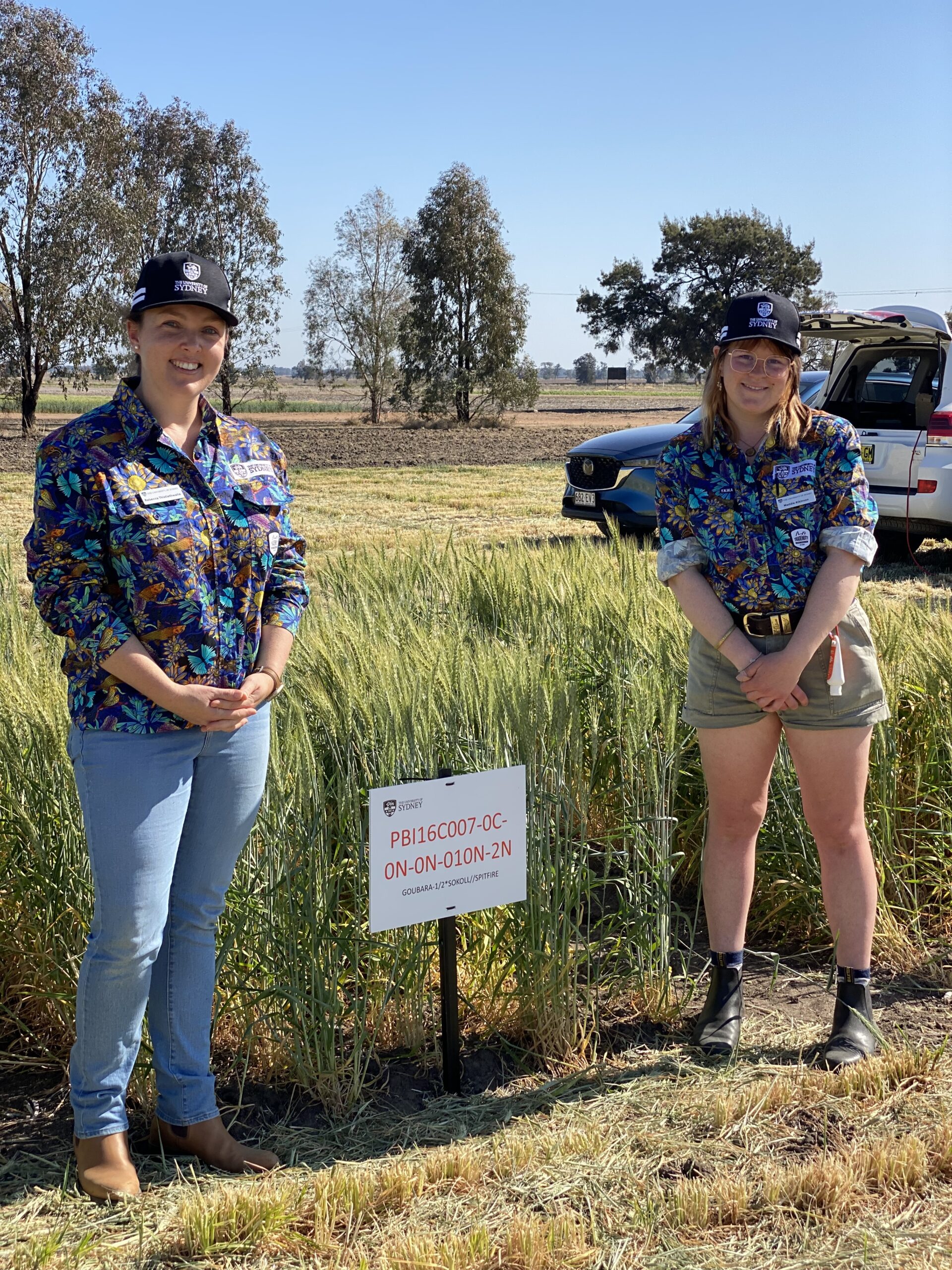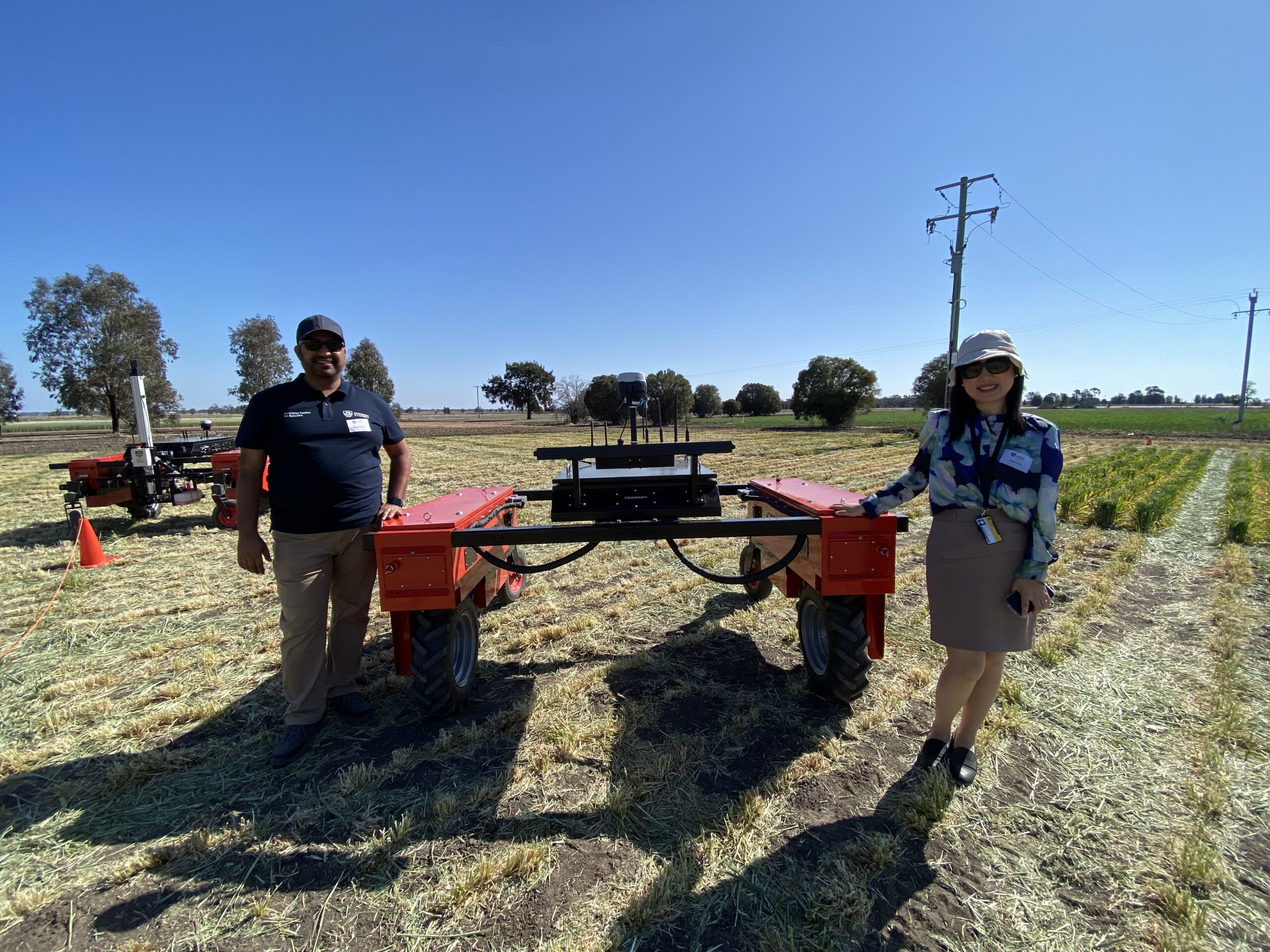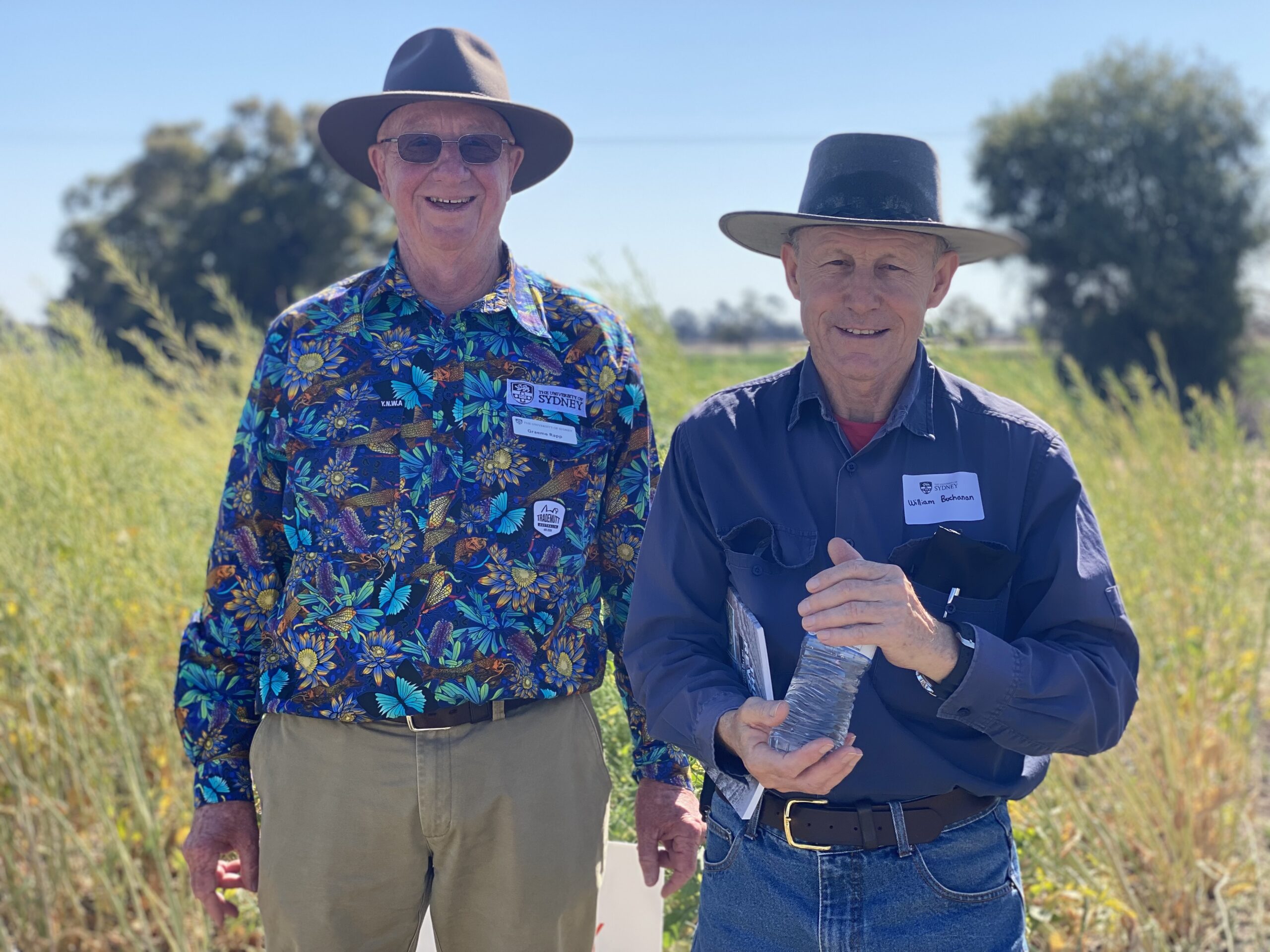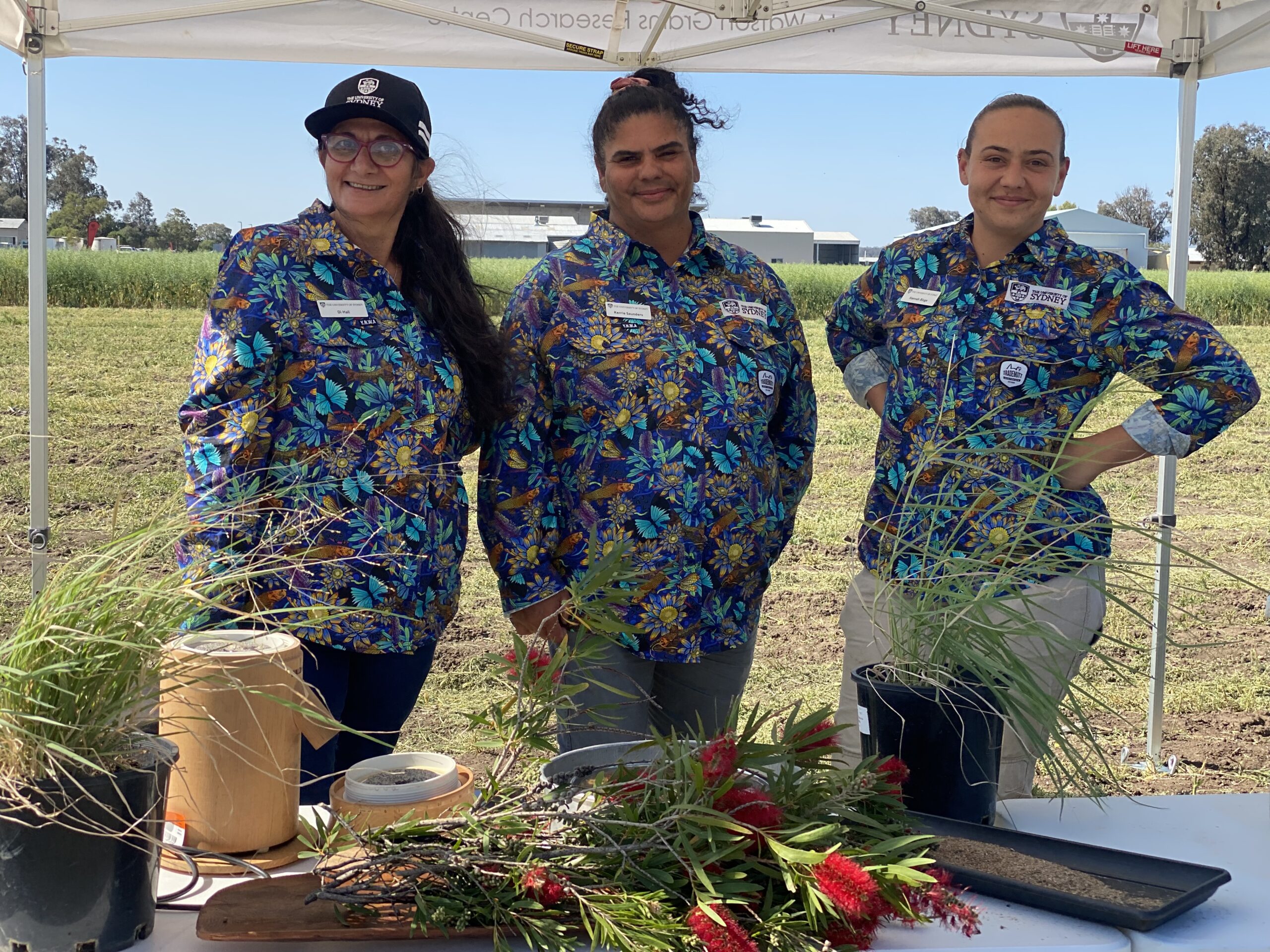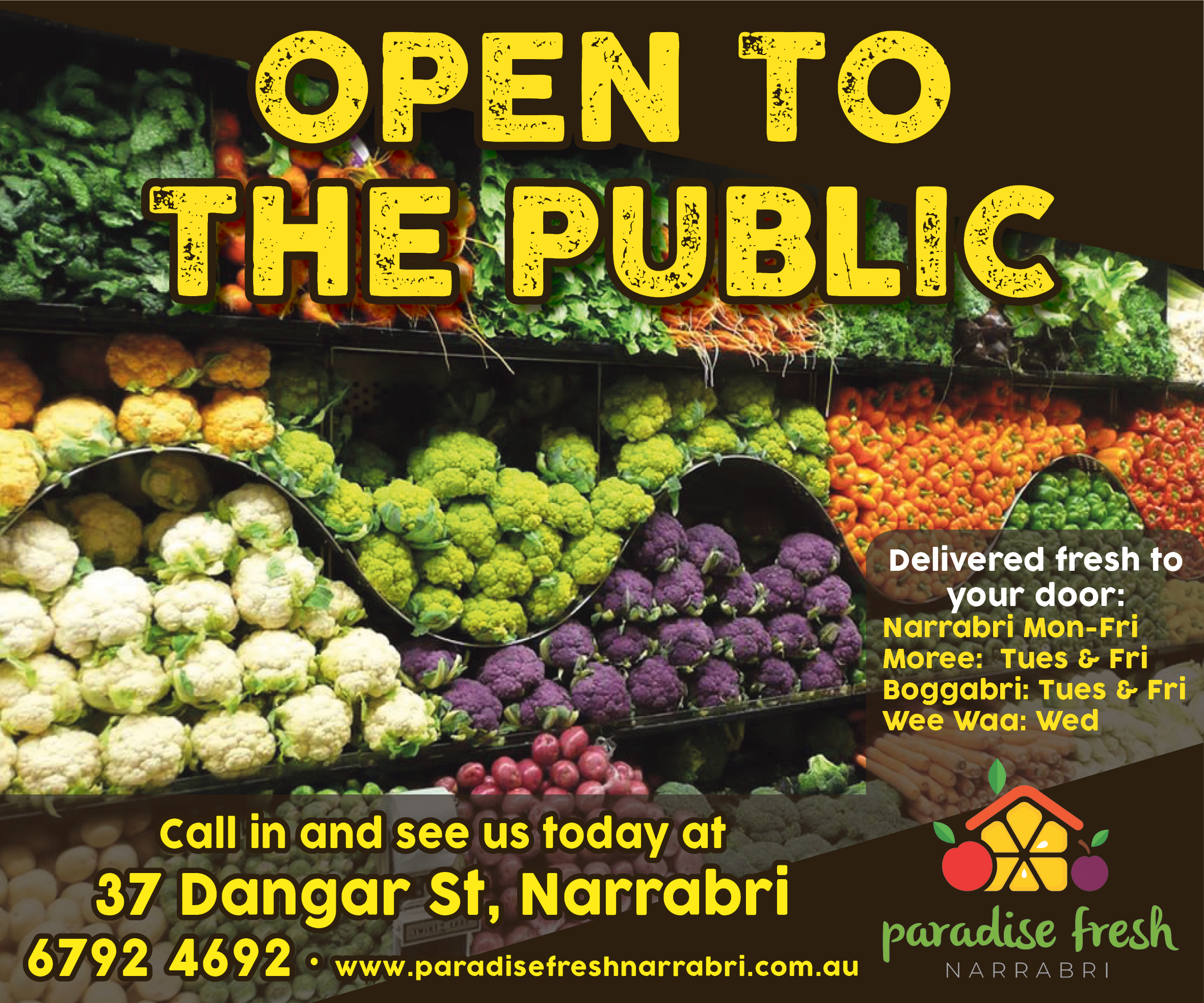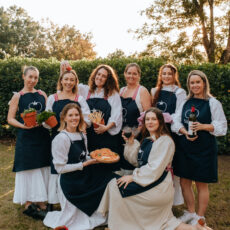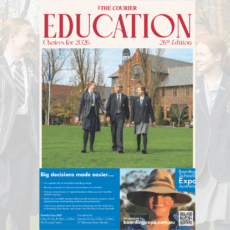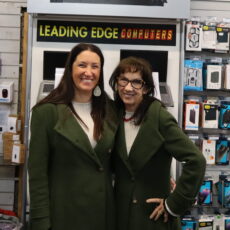The University of Sydney brought some serious star power to the Narrabri region this week, with Dr Karl Kruszelnicki visiting town.
The celebrity scientist is as bright as his colourful trademark shirts and for more than 40 years, Dr Karl’s engaging and energetic presentations have captivated people of all ages as he busts myths, spruiks science, finds facts and breakdowns complex information.
“It’s been really fabulous having Dr Karl here,” said Associate Professor Guy Roth, Director of Northern Region Agriculture at the University of Sydney.
Dr Karl is the Julius Sumner Miller Fellow at the University of Sydney.
He is a qualified scientist, doctor and engineer whose fun-loving and quirky personality has made him a household name as a science communicator and author.
From his early days on the airwaves at ABC Radio station Double J (now Triple J) in the 1980s, Dr Karl’s communications career has skyrocketed. He’s adapted well to changes in the media landscape, and today connects with his many fans and followers on TikTok and through podcasts, such as ‘Shirtloads of Science’.
A master of many trades, Dr Karl has worked as a physicist, labourer, roadie for bands, car mechanic, filmmaker, biomedical engineer, television weatherman, and medical doctor at The Children’s Hospital in Sydney.
“Dr Karl’s done at least six events while he’s been here in Narrabri,” said Dr Roth.
“He did an event for all the scientists in Narrabri from all different organisations, both public and private, about science communication, and we had about 60 people at that event.
“On Monday afternoon, he did an event at The Crossing Theatre for about 600 school kids, and it was all about trying to encourage them when it comes to science, engineering, mathematics, and future careers.
“In the evening, he did a public event for the community – families, grandparents, kids, mums, dads, and everybody.
“There were at least 250 to 300 people at that event.
“Dr Karl answered questions on everything from how mountains were built to is coffee better or worse for you than alcohol, the black hole, how was the universe created and all sorts of medical things.
“He has a background in astrophysics as well as medical science and engineering, and he’s done a lot of things.
“He certainly answered an incredibly diverse range of questions.
“Dr Karl also spoke with the Youth Council, taking them through some podcasts and at our field day, he facilitated a panel about climate change, agronomic traits and some of the technologies that are potentially coming and how they might be used in the future.”
As a tribute to Dr Karl and his loud shirts, staff members from The University of Sydney Plant Breeding Institute wore funky, eye-catching shirts made by TradeMutt for their field day on Tuesday.
TradeMutt is a social impact workwear brand that’s sparking essential mental health discussions through its funky clothes, especially with tradies and rural people.
“They were Kristy Faris’ idea that we needed to look like Doctor Karl,” explained Dr Roth.
“And they’ve also got a message, obviously, about starting a conversation around mental health.
“Everyone from our staff is wearing one today, and Doctor Karl as well, and they are certainly something different – aren’t they?,” he added with a smile.
The Courier asked Dr Karl to share the story behind his eclectic signature shirt collection.
“I have always liked wearing bright clothes. I have no idea why people don’t,” he said.
“My wife makes all my shirts for me, including the one I was wearing today, which was a Frida Kahlo shirt.”
Dr Karl’s wife is Dr Mary Dobbie, and he revealed a local connection.
“My father-in-law, my wife’s father, was a high school teacher here, the principal at Wee Waa and his wife was a librarian,” Dr Karl explained.
“So, Carmel Dobbie and Max Dobbie.”
Dr Karl expressed how impressed he was with some of the questions asked at Narrabri events, especially by some of the younger audience members at Monday night’s show.
“That talk was amazing,” he said.
“There’s been a real shift for me in the last 10 years or 15 years where gradually, the people turning up to ask questions at the end of the show have got younger and younger.
“And this time, virtually 99 per cent of all questions came from people under the age of 10.
“And they were really deep questions.”
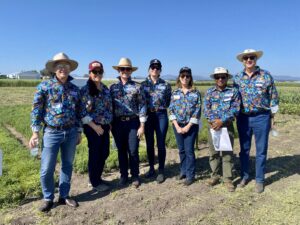
Professor Brent Kaiser, Emma Pavey, Kristy Faris, Claire Kennedy, Lynne Gardener, Abdus Sadeque and Professor Richard Trethowan. As a tribute to Dr Karl and his colourful shirts, staff members from The University of Sydney Plant Breeding Institute wore funky, eye-catching shirts made by TradeMutt – a social impact workwear brand that’s sparking essential discussions about mental health especially amongst tradies and rural people.
Dr Karl has received an impressive list of awards and accolades, from being named ‘Australian Father of the Year’ in 2003 and then, in 2006, he received the Member of the Order of Australia Award.
Surely, one of his stand-out recognitions would have to be having an asteroid named after him – Asteroid 18412.
Asteroid Dr Karl/18412 was discovered by Robert H. McNaught at the Siding Spring Observatory in Coonabarabran, on June 13, 1993.
In addition to his degrees in Physics and Mathematics, Biomedical Engineering, and Medicine and Surgery, Dr Karl has studied several non-degree years at various universities in Astrophysics, Computer Science and Philosophy.
Despite these achievements, when asked about the secret to his long and successful career as a science communicator, Dr Karl’s responses are very humble.
“When you talk about me being a good science communicator, that’s a large part due to the combination of hard work and not being too smart,” he said.
“What you see is what you get. When I say I’m not particularly smart – that’s what I meant, I’m not.”
He went on to explain, “I’m very well educated, but I’m not particularly smart and that gives me an advantage in explaining stuff.
“I have to go through the process that the average person has to.”
Dr Karl said, “What I’ve done over the last four decades is stick to one major set of concepts and stay with it, so people know what they’re in for, and secondly, the content, what they’re in for is quirky true stuff.”
Dr Karl said he ‘had a really good time” visiting the region.
“I love the country; I mean, that’s why I was a test driver for four-wheel drives.
“I love getting out and seeing the night sky.
“The night sky here is just gorgeous compared to Sydney.”
Speaking at The University of Sydney Plant Breeding Institute on Tuesday afternoon, Dr Roth said, “We’re very happy with this year’s field day.
“Apart from it obviously being unseasonably warm but certainly a great turn up, and there’s a great diversity of research here – diversity in crops but also other agricultural enterprises such as the native grains, field robotics, commercial wheat breeding and obviously our historical varieties, which go back to 1901.”
Dr Roth gave The Courier a snapshot of the panel at the field day.
“We had Greg Rummery, who is a highly regarded agronomist from Walgett.
“And we asked Greg because it’s the most variable climate in North West NSW.
“They have great years, but they also have tough years like this year when they plant no crop.
“So, we were hoping to learn from him – what do you do when you have a tough season and a more variable climate.
“We had Dr Rebecca Thistlethwaite, whose research is really focused on finding wheat varieties that are better adapted to heat stress.
“And this is classic heat stress weather – it’s over 30 degrees in the middle of September.
“This is not really what you want for a wheat crop.
“And we also had Professor Robert Park from Sydney, who is really one of the world’s experts in rust and rust is the major disease of wheat globally.
“And in fact, it’s why this institute was started originally 60 years ago, because wheat growers wanted to grow wheat, the varieties were suffering from rust problems, so over 60 years they bred resistance to rust.
“And that’s one of the reasons why this site is even here in the first place.
“So, he shared some knowledge about where we’re at with rust and why it’s a problem and some of the genetic potential to maintain resistance to rust as it obviously evolves and evolves and mutates as well, adapting to its own environment.
“And we had Katrina Swift on the panel, who’s a family farmer from Parkes.
“She’s just won a Nuffield scholarship to study AI – artificial intelligence in agriculture, and we’re all wondering about that aren’t we, you know, Chat GPT, what is this sort of thing going to do for agriculture?
“So, she’s going on a study tour to study these things all around the world and hopefully come back and share it with us all about where AI is a really going in agriculture.”


